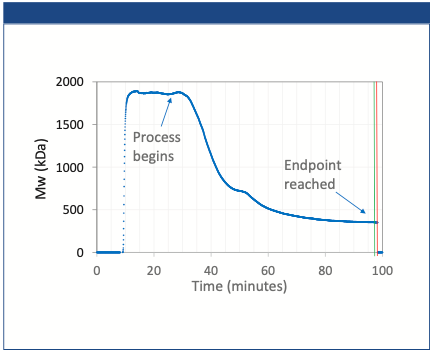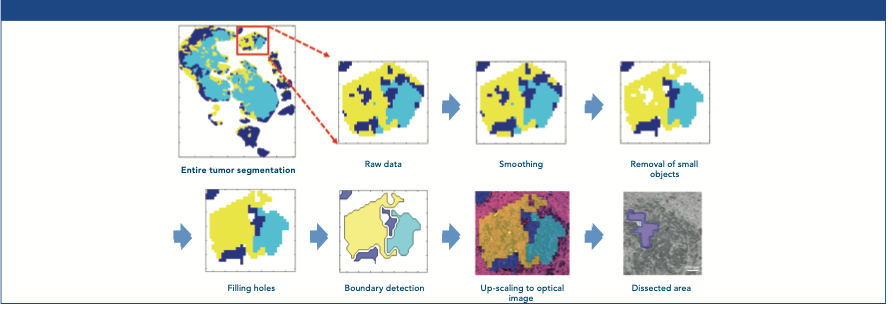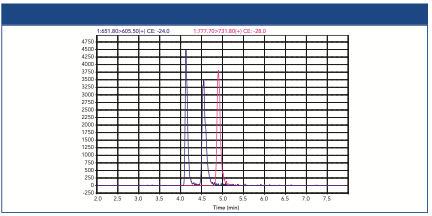Online SPE and Liquid Chromatography–Mass Spectrometry Analysis of Thyroid Hormones in Human Serum
Thyroid hormones play critical roles in the regulation of biological processes, including growth, metabolism, protein synthesis, and brain development. Specifically, both 3,3’,5,5’-tetraiodo-L-thyronine (thyroxine or T4) and 3,3’,5-triiodo-L-thyronine (T3) are essential for development and maintenance of normal physiological functions. For a clinical laboratory, measurements of total T4 and total T3, along with estimates of free T4 (FT4) and free T3 (FT3), are important for the diagnosis and monitoring of thyroid diseases. Most clinical laboratories measure thyroid hormones using immunoassays, which offer a relatively rapid, high patient sample throughput that lends itself to automation, but are compromised by problems with assay interference and by changes in protein levels that alter free hormone availability (1).
Liquid chromatography–mass spectrometry (LC–MS) can offer superior specificity and speed over immunoassays for determination of thyroid hormones in biological matrices such as serum and tissues. The present work demonstrates successful online solid-phase extraction (SPE) with LC–MS for rapid determination of T4, T3, and 3,3’,5’-triiodo-L-thyronine (rT3) from biological matrices.
Experimental
Materials: SupelTM Genie RP-Amide (RPA) and C8 (results not shown) online SPE cartridges (2 cm × 4.0 mm i.d.); human serum; and protein precipitation solvent: methanol with 1% (w/v) ammonium formate.
Sample Processing: Human serum spiked with analytes was protein precipitated by vortex mixing with the precipitation solvent at a 1:3 ratio. The mixture was then centrifuged at 10,000 × g for 3 min, and the supernatant was collected and directly injected for LC–MS analysis.
Online SPE–LC–MS Setup: Six-port switching valve and two pumps; one for sample loading and washing, the other for sample elution. To minimize potential peak broadening from the cartridges, the flow of sample loading–washing and the subsequent elution are in reversed directions.

Results and Discussion
Conventional SPE typically involves multiple labor-intensive and time- consuming steps: conditioning, sample loading, washing, elution, evaporation, and reconstitution. Supel Genie online cartridges were developed to automate the sample preparation process, minimize hands-on time and human error, and reduce overall sample processing time. We used RPA online cartridges with LC–MS analysis for the detection of thyroid hormones from human serum. The samples were protein precipitated with methanol containing ammonium formate and after centrifugation then directly injected for online SPE and LC–MS analysis. Sample loading–washing was performed entirely by the instrument, eliminating the time-consuming solvent evaporation and reconstitution steps.
The RPA cartridges captured a trace amount (100 ng/mL × 2 μL in this case) of thyroid hormones from human serum (Figure 1). All three analytes were well resolved with a peak width at half height <6 s and tailing factor from 1.5–1.8. The total run time was within 6 min.
Figure 1: Representative LC–MS chromatogram of thyroid hormones in human serum with RPA online cartridge.
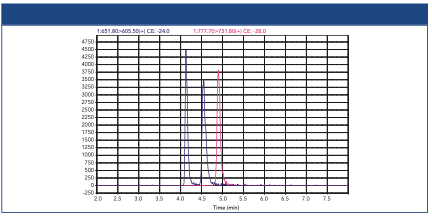
An online SPE–LC–MS method can be used for rapid detection of thyroid hormones in human serum with minimal hands-on effort and time-consuming steps.
Reference
(1) N. Kahric-Janicic, S.J. Soldin, O.P. Soldin, T. West, J. Gu, and J. Jonklaas, Thyroid 17(4), 303–311 (2007).

MilliporeSigma
400 Summit Drive, Burlington, MA 01803
tel. (800) 645-5476
Website: www.sigmaaldrich.com.
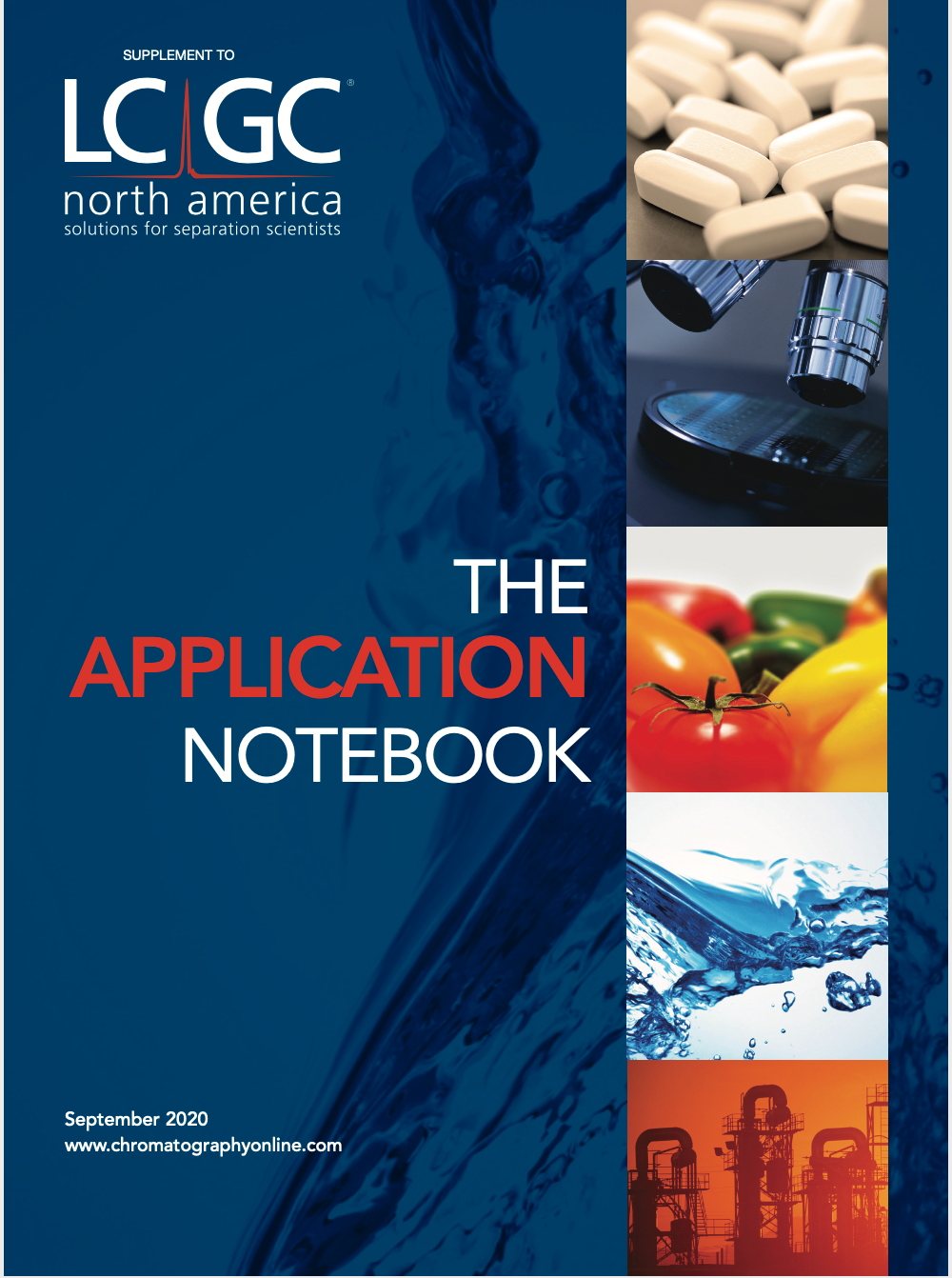
MALDI Guided SpatialOMx® Uncovers Proteomic Profiles in Tumor Subpopulations of Breast Cancer
September 1st 2020The timsTOF fleX system bridges a current gap by providing MALDI Imaging and in-depth proteomics analysis in just one instrument. The instrument offers all benefits of a timsTOF Pro for time-efficient and sensitive proteomics, combined with a high-resolution MALDI source and stage. Using PASEF technology, it is possible to retrieve high protein ID rates with small sample amounts. Here we present the new SpatialOMx® workflow to identify distinct proteomic profiles for different tumor subpopulations in breast cancer as an example for this powerful approach.

.png&w=3840&q=75)

.png&w=3840&q=75)



.png&w=3840&q=75)



.png&w=3840&q=75)
